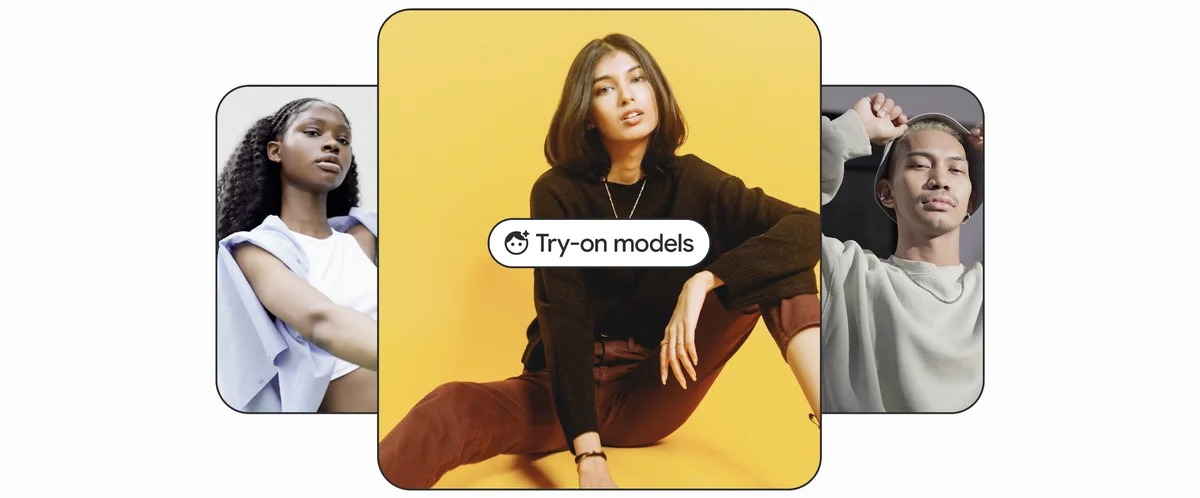Google she took off the veil to its most advanced virtual try-on feature, which allows users to see how an item of clothing fits on different body shapes and sizes. Like a dressing room on your smartphone, but without the waiting.
No more anonymous mannequins, but real digital models, which you can choose to virtually try on clothes from famous brands such as H&M, Loft, Everlane and Anthropologie. And other brands will follow soon. Here's how it works: A “Try” button is added to your Google shopping search and starts the experience.
Artificial intelligence at the service of fashion
Google has developed a new AI model capable of taking a single image of an item of clothing and accurately reflecting how it would fall, fold, fit, stretch, and form creases and shadows across a diverse set of real patterns (only Eva Herzigova is missing, heh heh) in various poses. All, of course, directly from your smartphone.

Virtual but personalized dressing room
At the core of it all is a truly photorealistic, detail-oriented visualization of an item of clothing, which can accommodate significant variations in pose and body shape for different body types. The virtual fitting room can speed up and simplify access to clothes even from the Shopping online.
It won't just be AI models (or, if you prefer, “digital human”) to influence the fashion industry. What shoppers really want to see is the virtual try-on through their own bodies. The American supermarket chain Walmart recently released a service called “Be Your Own Model,” which gives online customers the ability to upload their own photos and visualize how various items of clothing will look on them. And if Google allows customers to use their own body photos, it could take fashion shopping to the next level.

final Thoughts
Google's virtual dressing room could open new horizons in the fashion industry. These advancements mark significant steps toward a future where AI fashion models and personalized virtual try-on experiences become the norm in the world of shopping. My humble prediction is that within three years, if any of you are still looking, printed retailer catalogs will probably all be made with AI models. Ditto for many of the online catalogs on e-commerce.
Then, by registering on a site and providing our photo, ALL items of clothing will already be shown with the image of us wearing them. An entire store with the customer as the protagonist.


